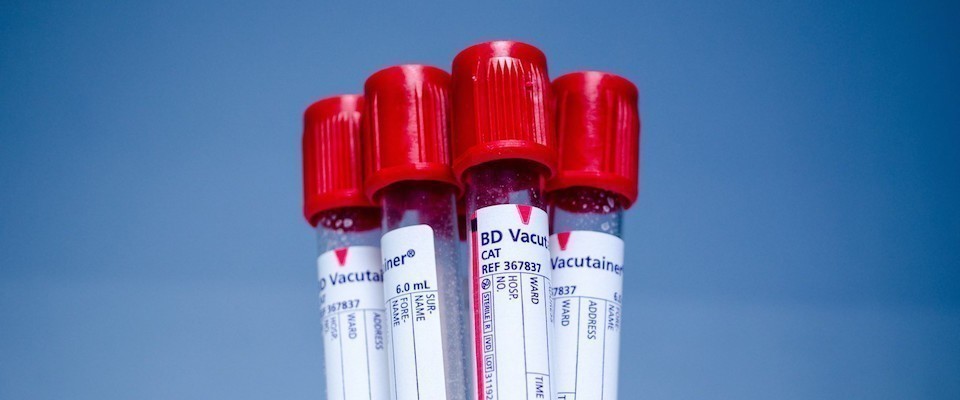American woman gets biologically younger after gene therapies –
In September 2015, then 44 year-old CEO of BioViva USA Inc. Elizabeth Parrish received two of her own company’s experimental gene therapies: one to protect against loss of muscle mass with age, another to battle stem cell depletion responsible for diverse age-related diseases and infirmities.
See Also: Is there a connection between heavy metals and aging?
The treatment was originally intended to demonstrate the safety of the latest generation of the therapies. But if early data is accurate, it is already the world’s first successful example of telomere lengthening via gene therapy in a human individual. Gene therapy has been used to lengthen telomeres before in cultured cells and in mice, but never in a human patient.
Telomeres are short segments of DNA which cap the ends of every chromosome, acting as ‘buffers’ against wear and tear. They shorten with every cell division, eventually getting too short to protect the chromosome, causing the cell to malfunction and the body to age.
In September 2015, telomere data taken from Parrish’s white blood cells by SpectraCell’sspecialized clinical testing laboratory in Houston, Texas, immediately before therapies were administered, revealed that Parrish’s telomeres were unusually short for her age, leaving her vulnerable to age-associated diseases earlier in life.
In March 2016, the same tests taken again by SpectraCell revealed that her telomeres had lengthened by approximately 20 years, from 6.71kb to 7.33kb, implying that Parrish’s white blood cells (leukocytes) have become biologically younger. These findings were independently verified by the Brussels-based non-profit HEALES (Healthy Life Extension Company), and theBiogerontology Research Foundation, a UK-based charity committed to combating age-related diseases.
Parrish’s reaction: “Current therapeutics offer only marginal benefits for people suffering from diseases of aging. Additionally, lifestyle modification has limited impact for treating these diseases. Advances in biotechnology is the best solution, and if these results are anywhere near accurate, we’ve made history”, Parrish said.
Source: First gene therapy successful against human aging | Neuroscientist News








